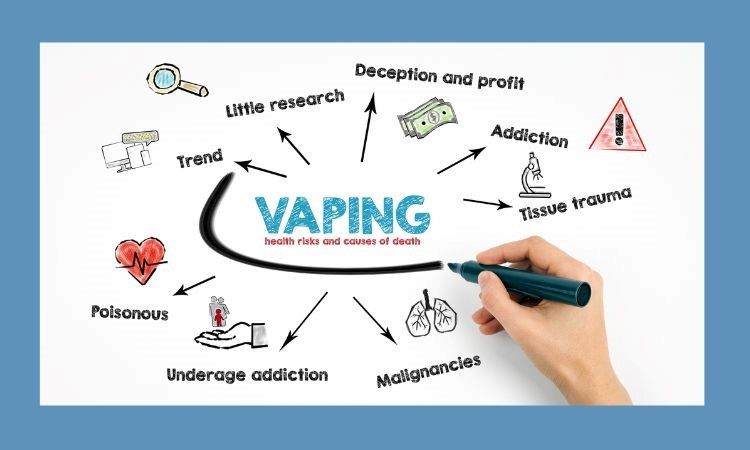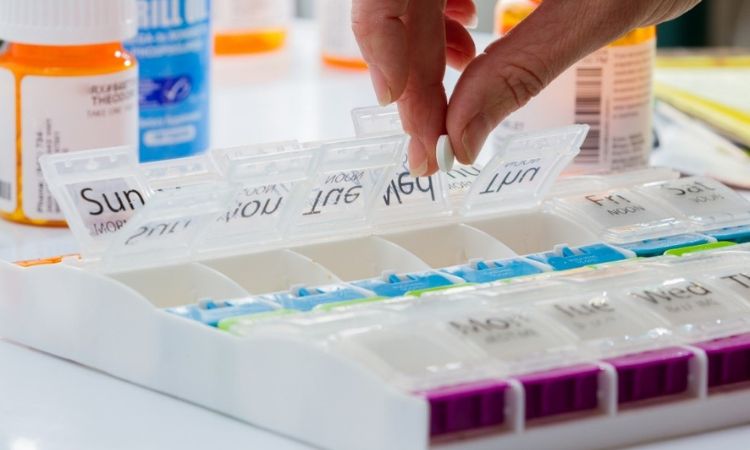Sickle Cell Awareness Day: Raising Awareness of This Debilitating Disease


June 19th is Sickle Cell Awareness Day. This debilitating and chronic disease affects more than 100,000 people in the United States and millions worldwide. Of those affected in the United States, 90% are non-Hispanic Black or African American. Sickle cell disease is a genetic disorder affecting hemoglobin production in red blood cells. This causes the red blood cells to become misshapen and rigid, creating blockage and slowing blood flow. The blockage also causes recurring episodes of pain, infections, and organ damage, significantly impacting the quality of life for those affected.
What Causes Someone to Have Sickle Cell Disease?
One of the main reasons for Sickle Cell Awareness Day is to educate people about this disease. Sickle cell disease is inherited and requires both parents to carry the sickle cell gene. If they do, there is a 25% chance that their child will be born with the disease.
Symptoms Start Shortly after Birth
Sickle cell is an inherited disease and is usually diagnosed at birth. Symptoms will show within a few weeks to months after and can vary and range from mild to severe. They may include:
- Fatigue and weakness
- Increased risk of infections
- Swelling and stiffness in the hands and feet
- Delayed growth and development in children
- Recurring episodes of pain, often in the joints, back, and abdomen

Complications and Treatment Options
Left untreated, sickle cell disease can lead to severe complications, including:
- Increased risk of infections and sepsis
- Stroke and other cardiovascular problems
- Delayed growth and development in children
- Organ damage, such as kidney failure, gallstones, or an enlarged spleen
While there is no cure, treatment options are available. Seek the advice of a healthcare provider such as Harmony Healthcare Long Island and consider care coordination services to help you manage symptoms and prevent many of the complications mentioned above. These treatments may include:
- Blood transfusions to increase the number of healthy red blood cells
- Medications to help manage pain and prevent complications
- Bone marrow transplantation (which can be a life-saving option for some individuals)
- Hydroxyurea, a medication that can help reduce the frequency of pain crises and improve quality of life
In addition to these treatments, research is ongoing to develop new therapies and potential cures for sickle cell disease. Gene therapy, which involves modifying the genes responsible for the disease, is showing promising results in clinical trials.

Sickle Cell Awareness Day Offers Hope for the Future
So why is Sickle Cell Awareness Day important? The answer is simple: education and awareness are key to improving outcomes for those affected by this disease. We can provide hope and answers for those who may feel isolated and unaware of treatment options. The day also aims to empower individuals with sickle cell disease to take control of their health and make informed decisions about their care to live healthy, fulfilling lives.









